If you're new here, you may want to subscribe to my RSS feed. Thanks for visiting!
By Jordan McDowell
There’s no doubt about it – tactical gear is becoming more and more present in the everyday life of civilians. But with so much gear on the market, it can be tough to know which pieces are essential.
That’s why we’re going to discuss what every man should own. Whether you’re a prepper, outdoorsman, or just like to be prepared for anything, here are five pieces of tactical gear that you should definitely consider!
1. A sturdy pair of boots
A good pair of boots is an essential piece of tactical gear for anyone who likes to spend time outdoors. Choose a pair of tactical boots that’s tough enough to protect your feet from the elements and comfortable enough to wear for long periods of time.
What to look for and why:
● Waterproofing — If you’re going to be spending time in wet or muddy conditions, you’ll want a pair of boots that can keep your feet dry. Look for boots with waterproof membranes or treatment.
● Insulation — If you’ll be in cold weather, make sure your boots are sufficiently insulated to keep your feet warm.
● Breathability — In hot weather, you’ll want boots that can keep your feet cool and dry. Look for boots with ventilation or mesh panels.
● Stability — A good pair of tactical boots should provide stability on uneven terrain. Look for features like a lugged sole or an ankle support system.
● Comfort — Boots are no good if they’re not comfortable. Make sure to try on a few different pairs before you decide on the right one for you.
2. A sturdy bag
A good backpack is key for carrying your tactical gear and supplies when you’re out in the wilderness or on a camping trip. Make sure to choose one that is tough enough to withstand the elements and has plenty of space for everything you need.
What to look for and why:
● Insulation — If you’ll be using your backpack in cold weather, make sure it has adequate insulation to keep your gear warm.
● Comfort — A comfortable backpack will make it easier to carry all your gear for long periods of time.
● Waterproofing — Again, this is important if you’ll be in wet or humid conditions. Look for a backpack with a waterproof coating or treatment.
● Storage space — You’ll need a bag that can hold all of your tactical gear, including extra clothes, food, and water. Choose one with plenty of pockets and compartments to keep everything organized.
● Durability — A good backpack should be able to withstand wear and tear. Look for features like heavy-duty zippers and stitching.
(Make sure you check out our free QUICKSTART Guide to emergency evacuations, so you know what that bag is for!)
3. A good quality knife
A sharp blade can be a lifesaver in a number of situations, from self-defense to everyday tasks like opening boxes and cutting rope. Invest in a high-quality knife that you feel comfortable using and carrying with you everywhere you go with your tactical gear.
What to look for and why:
● A comfortable grip – The last thing you want is for your knife to slip out of your hand in a critical situation. Make sure the handle fits snugly in your hand and provides good traction.
● A durable blade – A durable blade is important for both safety and longevity. Look for a knife made from high-quality materials that can withstand repeated use.
● Serrated vs. straight edge — This is mostly a matter of preference, but serrated blades can be useful for sawing through materials or rope.
● Knife length — Depending on your needs, you may want a knife that’s larger or smaller than the average pocket knife. The longer the blade, the better suited it will be for tougher tasks. But make sure it’s still legal to carry in your state. Choose what feels most comfortable and practical for you.
● Tang — A full or partial tang provides stability and strength, while a rat-tail tang is less sturdy.
4. A durable flashlight
Another essential piece of tactical gear is a good flashlight. This can help you work in low-light situations and also act as a deterrent to potential assailants. Make sure your flashlight is durable and has a long runtime so you can count on it in an emergency.
What to look for and why:
● Beam distance — This is the distance that the light will reach. If you’ll be using your flashlight in close quarters, you’ll need one with a short beam distance. If you’ll be using it outdoors or in dark environments, choose one with a longer beam distance.
● Durable construction — A good flashlight should be able to withstand being dropped or knocked around. Look for features like a shock-resistant casing and a durable lens.
● Brightness. The brighter the light, the better. Look for a flashlight with at least 300 lumens.
● Runtime — A good flashlight should have a runtime of at least an hour on high brightness. To guarantee reliability and long runtime, pair it with a portable power supply.
● Waterproofing — If you’ll be using your flashlight in wet environments, make sure it’s waterproof to withstand rough use.
5. Survival magazine rebuild kit
If you’re a gun owner, you know the importance of having a magazine rebuild kit. This is a must-have piece of tactical gear for anyone who likes to shoot or hunt — and make sure their ability to do so isn’t hampered. A good kit will have everything you need to repair or replace your magazines in an emergency.
What to look for and why:
● Compatibility — The kit should be compatible with the magazines you own.
● Ease of use — It should be easy to use, even in stressful situations.
● A variety of parts — A good kit will have all the parts you need to repair or replace a variety of different magazines.
● Quality materials — Make sure the parts in your kit are made from high-quality materials so they can withstand rough use.
● Easy to follow instructions — A good kit should come with easy-to-follow instructions so you can quickly and easily repair or replace your magazines.
There you have it.
So, there you have it – five pieces of tactical gear that every prepper should own. Add these essential items to your gear list, and you’ll be better prepared for anything life throws your way. Stay prepped, and stay ready.
What would you add to this list?
Do you have other important pieces of gear you’d add to this list? Share your thoughts in the comments.
About Jordan McDowell
Jordan McDowell is a writer and second amendment rights advocate. As a proud advocate for responsible gun rights nationwide, he writes about recreational hunting as well as the latest developments in state and national legislation. Check out his site https://swordsofnorthshire.com/


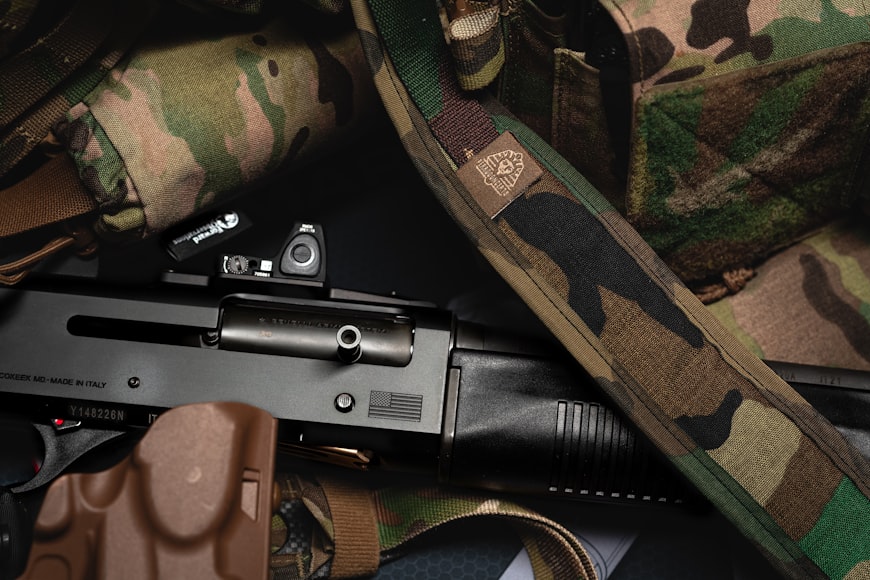
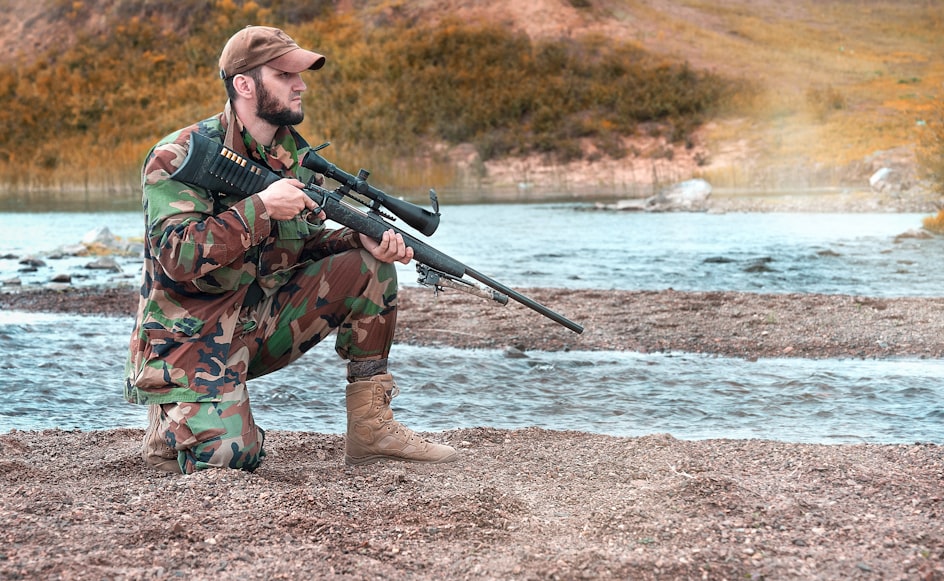
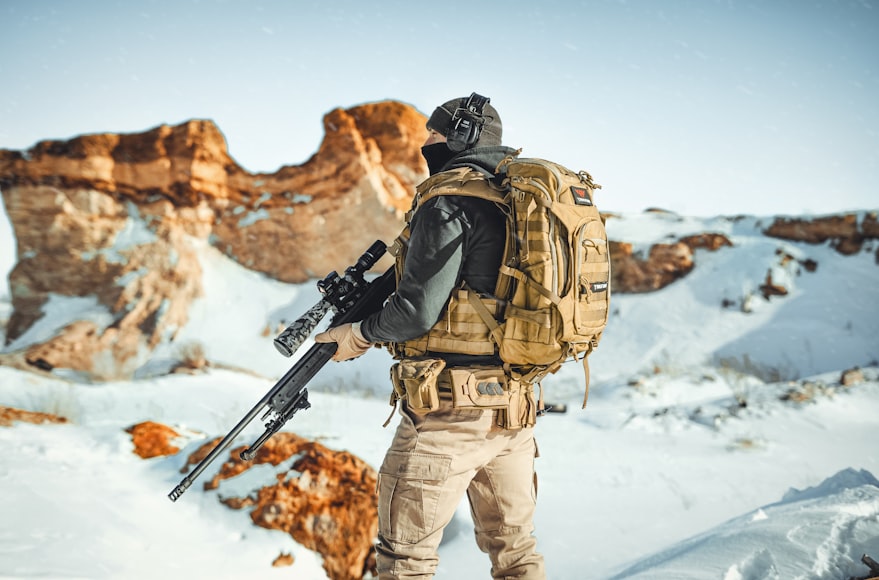
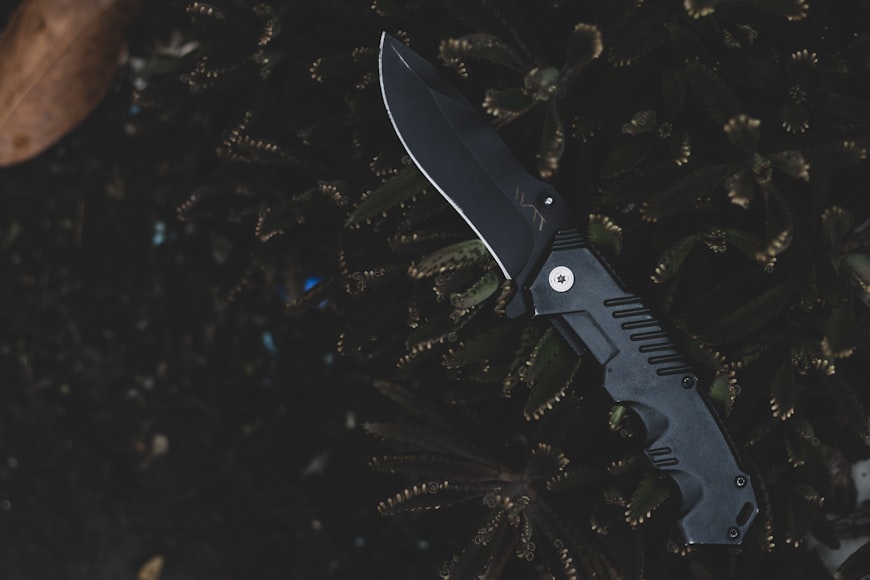
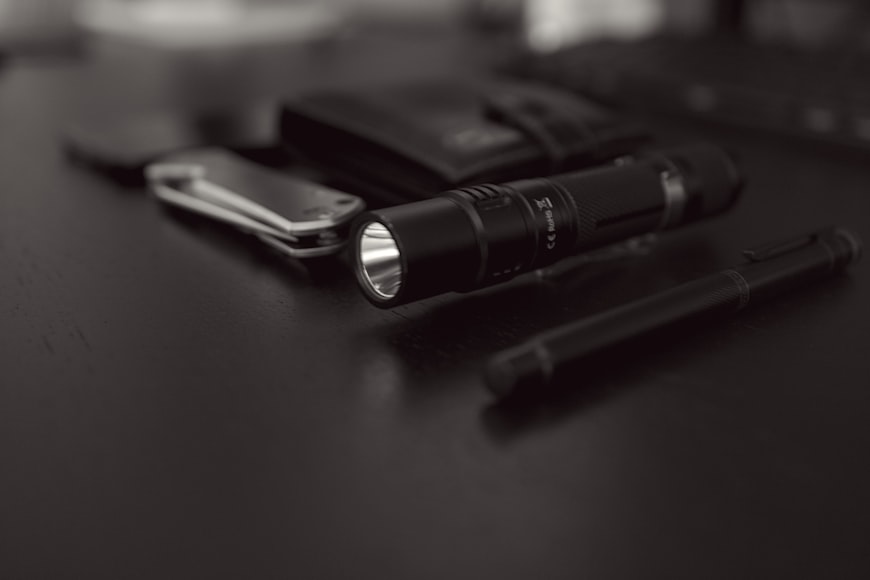
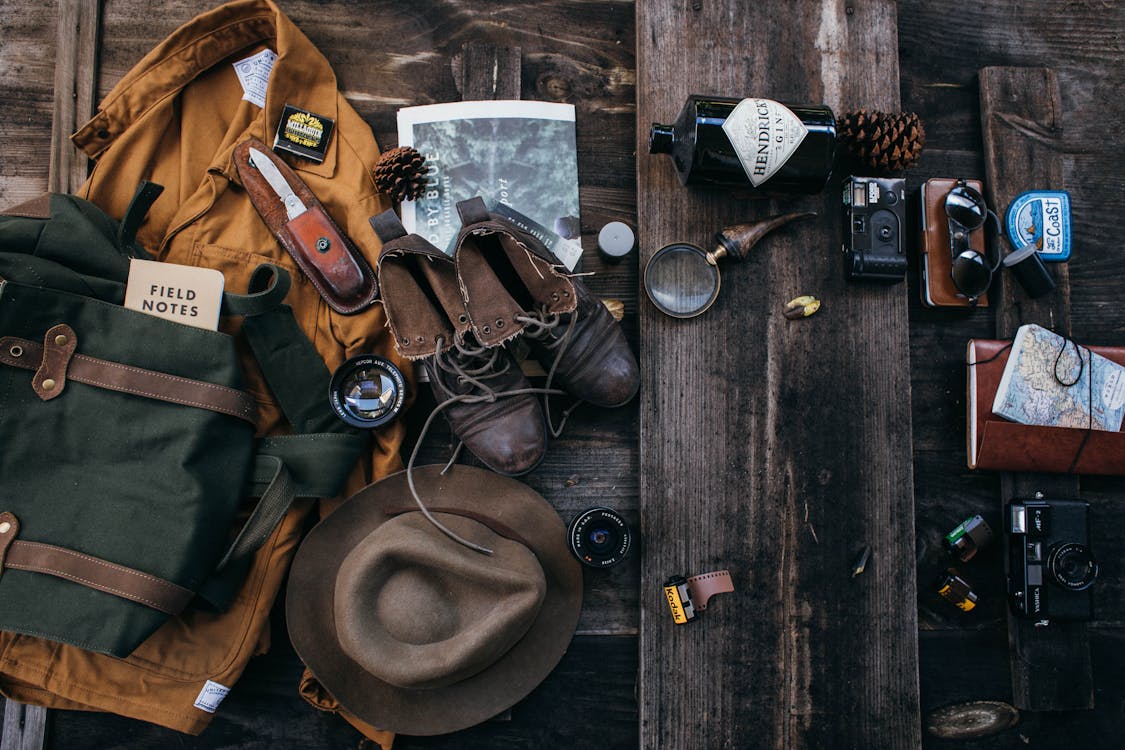














22 Responses
Instead of the magazine rebuild kit I would have an IFAK.
Completely agree.
Excellent. Thank you!
shared
fb https://tinyurl.com/27yhjdjv and https://tinyurl.com/mrx5z77h
gab https://tinyurl.com/2n22w4f4
Yes, an IFAK. Instead of a magazine rebuild kit; just add another magazine. You can never have too many. If one is damaged, keep the remaining parts.
Good review of what’s needed. Swiss Army Knife is an essential I always bring.
My EDC is a SWAK, an AG Russsel “One hand knife” (3.5″ blade) and a Leatherman tool. My “emergency bag” includes a more substantial fixed blade knife, first aid supplies, water purification system, etc. Vet Tape (available at farm coops, pet supply stores, and Tractor Supply (TSC) ) is there too. It can me used to secure a dressing, improvise a splint with some corrugated cardboard, make a sling, etc. It doesn’t stick to skin or hair is lightweight and cheap. 4″ x 5 yards is about $2.
A quality multi-tool, for general purpose needs and not one that has so many functions that are only rarely used. Both working folder knife and multi-tool should be carryable in a dual, molle capable pistol magazine pouch.
I can agree with all of this except the magazine rebuild kit. It seems to be the odd item in this list.
An IFAK or a multi-tool (or both) are much better options. If I have a rifle it will probably be a bolt or a lever neither of which typically require a magazine. And even if I decided to grab the AR, I would grab an additional magazine as opposed to a rebuild kit.
You lost me at insulated bag. Never heard of an insulated bag/backpack.
Same here. 17 years experience in the Alaska bush. Never heard tell of or wished for an insulated bag.
In all my years I never knew that I should have an insulated bag to “keep my gear warm”. Oh, and I carry extra mags. Never had one break on me in the field. I think I would choose a quality set of compact binos rather than a mag rebuild kit. I also would add a good brimmed hat and a shamagh. So much is personal preference and individual prior experience in choosing gear.
Not sure I am tracking on the Insulated bag, during the winter to keep my gear warm?
When I go deer hunting, I take a small bag with me (FAK).
And water. No amount of insulation of the bag is going to keep the water from freezing. Went deer hunting a few years ago, it was in the negative single digits when we first woke up. By the time I got to my deer stand it was in the positive single digits. To keep something warm, or my water from freezing, I kept the water bladder in between my performance layer, and the outer layer. Even then the mouth piece froze. Had to stick it down my shirt (boy was that cold) to get it to thaw.
I agree with other commenters, I’d skip the magazine repair kit for IFAK (one thing I add to my IFAK, toe nail clippers), mulit-tool.
Might add a compass with adjustable declination, if I am in an area I am unfamiliar with.
I like knives. I have many of them. The two that get the most use are a KA-BAR Becker Machax BK4 (discontinued, dang shame), and a KA-BAR Becker Tac Tool BK3. Both are more utility knives than combat knives.
One thing I think most manufactures over look is the knife sheath. The BK4 has a great, comfortable sheath, that included as small fixed blade knife for small jobs or where the full length knife would not do. It also has a small pocket that could hold a folder, or a small whet stone for sharpening the knives.
A note on flash lights or head lamps: Mine all have a Red light setting.
Lots and lots of PMAG’s. I have H&K mags for
my pistols. I already rebuilt all my old M16 metal mags.
I have a KBar (of course) and an old Cold Steel tanto folder and assorted bayonets from my deployments/police actions (never used and only dropped once). Definitely add an IFAK. 600 or 800 Denier and YKK zippers with Molle everywhere for the pack with a place for a bladder and some kind of internal frame – Rush 24/72 are good bags. LA Police Gear has some good knock offs. Don’t forget big and small “John Wayne’s.” And a MRE spoon or three.
InTheBooniesTX,
KA-BAR makes a great spoon/fork/knife combo.
I even cut up raw chicken with the knife nearly as good as a chef knife.
Their chop sticks are not bad, but I think SnowPeak Wabuki chopsticks are better.
I have a SnugPak Rocket Pack (two actually) that fits your requirements for YKK zippers, bladder and internal frame. Comes with a internal water proof pack cover.
However, even then, I keep all my gear inside dry sacks, i.e. sleeping bag, extra cloths, etc.
Good conversation starting article, I like hearing y’all build on it. I actually added a mouse trap to all of my kits. While trying to snag the mouse that keeps going into my Jeep, the trap caught birds and a snake, both ok to cook thoroughly and eat. Oh, and as for the red light on the flashlight, I agree, you never know when the mood to get romantic will hit.
I like an automatic knife for use with one hand. My flashlight is rechargeable using a micro usb connection. I don’t know about the magazine re-build kit but a water filter straw of some brand I would think should be added although perhaps not considered a piece of tactical gear. What about a pocket disposable gun cleaning kit?
Canteen, cup, stove and lid as far as tactical goes.
When it comes to knives, along with one for defense, I carry a small Swiss Army Knife, a larger Swiss Army Knife Ranger model, a Mora for camp use and a small whittling knife with multiple carving blades.
I’ve had knives break before, and it’s inconvenient at best. Having backups available is high on my list.
My bag of choice is a Tactical Tailor MALICE frame with a USMC FILBE pack. A small SOG pack is perfect for clipping on in place of the small patrol pack. The SOG is large enough to carry the basics (the 10 Cs of bushcraft).
I would englobe the boots in a full-body shock-proof (or bullet proof) armor, like those used for off-road motorcycling. Maybe uncomfortable if you´re not used to wear it, but safety glasses, gloves, knees and elbow pads have saved me injuries, bruises and hits when going through thick tropical forest. I´m not exactly fragile, but have been doing this since early teens and my own quota of pain.
Knife? sure.
Flashlight? yep.
Water filter and canteen.
Rope, a lighter, first aid medikit.
A handheld HAM radio.
I think the magazine rebuild kit would come into play if you were in the field and a mag is damaged and you can’t get to a replacement. Maybe your bugging out or doing the get home walk.
I loved reading this article and knowing all the tactical gear that a person should own. I really agree with you saying that a good quality knife is necessary because it can provide all sorts of use to you in various situations. I would say tactical knives are the best, especially since they’re built to last and to be sharp, so they can be a good weapon and an excellent tactical tool. What do you think about utilizing tactical knives?
Great article, however I’d like to advice having 2 pairs of boots : one general primary outdoors or hiking boots(all points for article apply) and secondary rubberized boots for heavy rain or other areas involving walking through water. Even with great waterproofing, if you gotta walk through water for a while your primary boots going to, most likely, get wet.
Personally, I use Muck boots as secondary, but there are a great array of options from 15$ rubberized boots from nearby HD or high end boots. It’s up to you to choose what fits you best ofcourse.